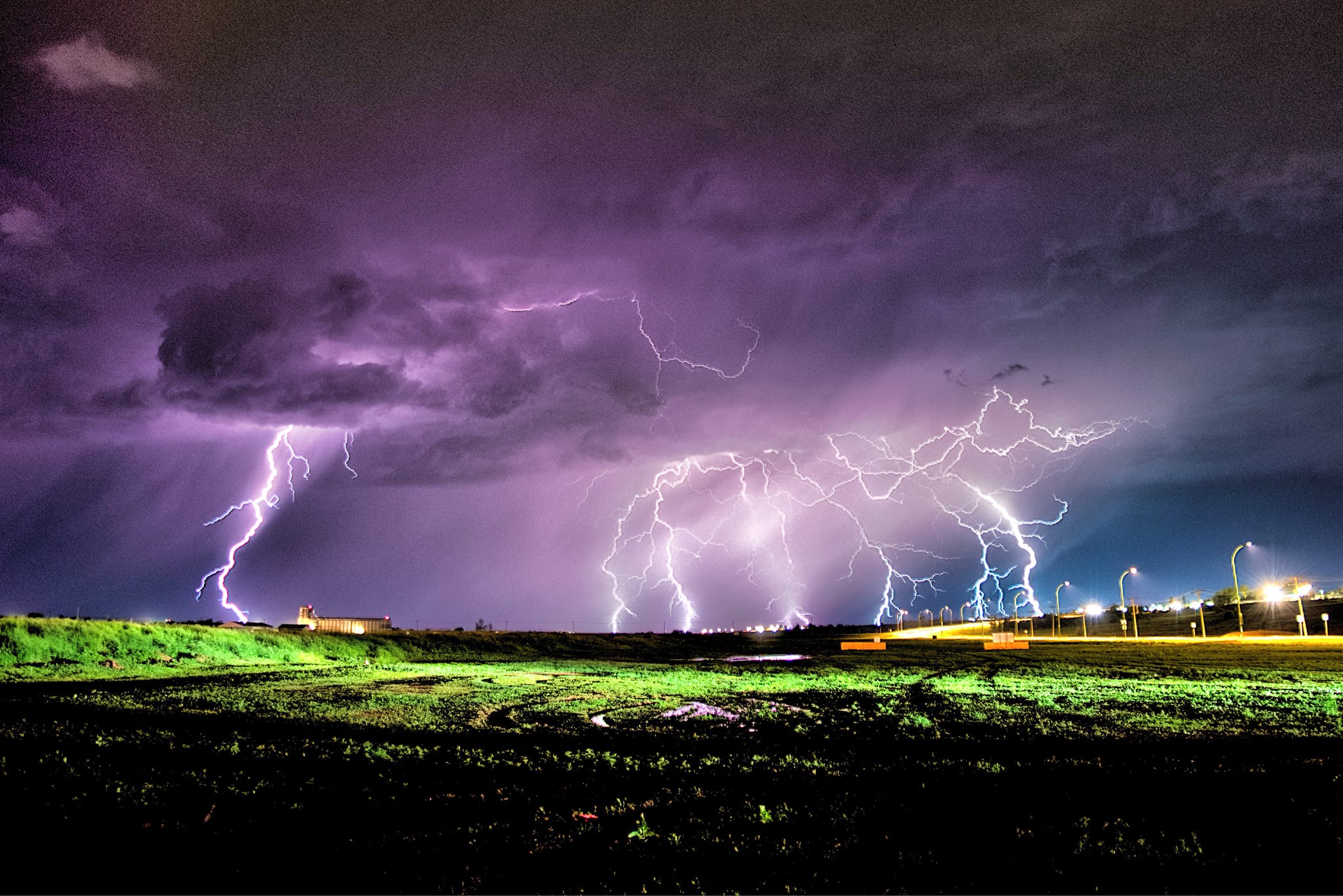Canada has some of the most advanced lightning detection technology in the world. Every flash is logged in real time by the Canadian Lightning Detection Network (CLDN), run through Environment and Climate Change Canada. But when it comes to how many people are actually injured or killed, the national picture is shockingly incomplete.
According to Dr. Brian Mills, a climatologist with Environment Canada and the lead author of a 2020 study on lightning-related impacts, there’s no centralized public database that tracks lightning injuries or even deaths in any meaningful detail. Most of what we know comes from a patchwork of sources.
"The data we had been using before 2005 was old," Mills explained during an interview with Discover Moose Jaw News. "We refreshed that with the data we could. And that's a combination of official government data from the Canadian Institute for Health Information — so again, public health records, hospital admissions, emergency department visits, that kind of thing — they're all coded in a standard way to an internationally accepted level of coding.
"And actually, one of the external causes of mortality and morbidity injury is lightning, so that gives us a marker or an indicator."
The Saskatchewan Coroners' Service and the Saskatchewan Health Authority, however, confirmed that such markers are rare: They don't specifically record deaths or injuries due to lightning. It has to be pretty obvious, with witnesses telling the story. Otherwise, the hospital just treats the patient, and the coroner simply reports a death due to natural causes.
But there's another source, local media, that turned out to be incredibly helpful.
In his paper, An updated assessment of lightning‑related fatality and injury risk in Canada: 2002–2017, Mills and his team analyzed both government health databases and media archives from 2002 to 2017. They found that the majority of known lightning injuries were discovered in media reports, with reporters telling a more complete story than anywhere else, especially in smaller markets — the very places where local news is vanishing.
"You can imagine, in the first iteration of our work, we had a lot more community newspapers," he explained. "Now they're all consolidated and not too present. And actually, that was an incredibly important force source of information for us. Not just give the raw national statistics, but then, say, how many and what activities were they in, which you can piece together depending on how the reporter articulated the incident."
The injuries aren’t minor, either. From hunters struck by indirect current, to teenagers injured during soccer practice, to entire families jolted by step voltage while camping, the case studies gathered by Mills reveal just how random and widespread lightning injuries can be. But unless a reporter happened to hear about it — or a survivor found somewhere to relate the account — those stories often disappeared into silence.
It’s a sobering reminder that statistics don’t always reflect reality, especially when no one’s assigned to go digging.
“There is little information available on the outcomes of lightning injuries,” Mills concluded. “This makes it difficult to quantify the extent of suffering or disability that might occur, let alone develop strategies to mitigate risk.”
With the closure of hundreds of newspapers across Canada and the shrinking of newsroom budgets in many others, fewer reporters are covering regional emergencies, outdoor incidents, or rural first-responder calls. The result: Not just locals, but the government and other institutions, know less about what’s happening, and that lack of visibility can make us feel safer than we actually are.
The numbers bear it out. In Mills’ national sample health codes showed about 2.6 Canadians die each year from lightning on average, while another 180 are injured — but that figure could be far higher due to underreporting.
There's no guarantee that those logged codes capture all the data. The rest of the information came from media stories, obituaries, or personal blogs.
When a lightning strike happens at a community event or during a fishing trip, that story spreads, Mill said, and It’s often a local reporter who documents the details — what the person was doing, how they survived, what went wrong.
Those are the stories that change behaviour. But if they aren’t told, people forget.
Mills’ work offers a rare bridge between scientific research and journalistic observation. And in doing so, it quietly highlights how much of Canada's safety net — in weather, in public health, and in memory — still depends on who’s out there asking questions.
